I think it took me a few months to beat Super Mario Brothers 3 on Nintendo. Follow the directions in this graphic, and you should be able to beat it in 11 minutes. It’d probably still take me a few months. My video game talents tapped out at Kaboom on Atari. [via]
-
Ben Millen diagrams the reach of the iPhone in our everyday lives:
These are not maps in any conventional sense, but rather diagramatic representations of the interconnected space of technology, capital, instrumental value, exchange value, social and environmental impact that surround the device.
The tube map metaphor is a little worn, but this is subtle, so it’s not so bad. There are two maps. One covers the mechanics of the phone while the second is more about how consumers use the phone. The former is the more interesting one.
So who’s going to do the map for my 2004 Samsung flip? It takes a lickin’ but keeps on tickin’.
-
In a follow-up to their graphic on what America spends on food and drink, personal finance site Bundle, with the help of Nicholas Felton, looks at money spent on gas and auto expenses in major US cities:
The average household spent $5,477 on gas and auto expenses last year, according to Bundle data, an amount which accounts for about 14.5 percent of daily spending.* That’s more than we spend on groceries or utilities, and more than we spend on travel, entertainment, clothes and shoes, and hobbies — combined.
The sticking-out label thing doesn’t really do it for me. The coloring makes the graphic worthwhile though, and the scaled two-section pie charts are pretty good too. What’s going on down there in Austin?
-
The quantified self sounds great on paper. The task: keep track of important facets of your daily life. The result: gain a better understanding of your day-to-day and make better educated decisions, based on the numbers instead of false assumptions and shots in the dark. What’s not to like? Everyone wants to improve his or herself in some way.
To outsiders looking in though, tracking your life in data is ridiculous.
Who has the time to keep track of what you eat, when you sleep, and how many times you fart in the wind? To most people, data journaling (a.k.a. self-surveillance, lifetracking, lifestreaming, personal informatics) seems like a complete waste of time, and I don’t blame them — for now.
Read More -
We like to talk about the stories in data. They are the information and meaning in the numbers, and are meant to represent truth. Artist Kim Asendorf turns this around a bit and uses a series of made-up visualization pieces to tell a fictional story. It is the story of John.
John is a scientist working in a corrupt lab called Sumedicina in Durham, North Carolina. The lab is in the business of selling vaccines, which is all well and good, but the problem is that they’re the ones creating and spreading the viruses that their vaccines fight against. John is the lead scientist who creates these viruses.
His conscience gets the best of him though, and he destroys the highly dangerous virus they are are currently working on and then quits. Sumedicina is having none of it. John is on the run. This is his story in data.
-
Continuing with the ‘Beautiful’ series, O’Reilly has released their newest one, Beautiful Visualization.
This book examines the methods of two dozen visualization experts who approach their projects from a variety of perspectives — as artists, designers, commentators, scientists, analysts, statisticians, and more. Together they demonstrate how visualization can help us make sense of the world.
Like others in the series (e.g. Beautiful Data, Beautiful Code), Beautiful Visualization is a compilation of essays from twelve people and groups who work in the field, and it’s a very mixed bag. Regular FD readers will recognize many of the names: Fernanda Viegas, Martin Wattenberg, Aaron Koblin, Robert Kosara, Nick Bilton, and Jer Thorp, among others.
Read More -
I know next to nothing about soccer (a.k.a. football), but I gotta admit this Brazil vs. Ivory Coast match is more exciting than I thought it’d be. I can’t say the same about the vuvuzelas though. In any case, to help neophytes like me, the New York Times graphics have helped a lot. Their most recent explains the mechanics of the free kick. They describe two approaches in the animated feature: the straight blast and the bend. Read More
-

Smallthought Systems, the group behind Dabble DB, the easy-to-use online database system and Trendly, the exploration tool built on top of Google Analytics data, was acquired by Twitter last week:
Avi, Ben, Luke and I will be moving down to San Francisco this fall to work in Twitter’s great downtown offices. We’ll certainly miss everyone we’re leaving behind, but at the same time we’re excited about a new adventure. One great consequence of this is that the four of us will finally all live and work out of the same city — that has never happened before!
On Smallthought’s side of the table, they’re joining a great company with a huge, unique, and exciting dataset i.e. billions of tweets. On Twitter’s side of the table, they’re getting a great team who knows data and how to help people make use of it. So it’s great news all around.
-
Gosh, it’s so easy. I’m going to be rich. Get the strategic sweet spot and the three ingredients down, and you’re set for life.
-
Since 2007, the Knight News Foundation has awarded millions of dollars in grants to fund “innovative ideas that develop platforms, tools and services to inform and transform community news, conversations and information distribution and visualization.” There were 12 grants awarded this year, and three of them deal with maps. The folks at Stamen scored the biggest grant at $400k for their project CityTracking:
To make municipal data easy to understand, CityTracking will allow users to create embeddable data visualizations that are appealing enough to spread virally and that are as easy to share as photos and videos. The dynamic interfaces will be appropriate to each data type, starting with crime and working through 311 calls for service, among others. The creators will use high design standards, making the visuals beautiful as well as useful.
That’s obviously something we’ll need to keep an eye on.
The other two mapping projects were GoMap Riga (Marcis Rubenis and Kristofs Blaus), which will place real-time local news on maps and Tilemapping (Development Seed), which will be a tool to help journalists make maps more easily.
Broken record, yes I am, but data is gonna be big I tells ya. Big.
See the quick ten-second pitches from all twelve winners below. I’m intrigued by The Cartoonist. They’re going to use cartoon-like games to get engaged readers and get them involved in the news.
Read More -
This is hilarious and uber creative advertising. If I wore glasses, I’d totally buy from these guys.
Read More -
I love the Apple logo and all, but my Macbook really needed some pizazz, and what says pizazz more than a FlowingData sticker? Nothing. Honest to goodness, I feel like a new man, and now you can too.
Read More -
Light on the data, heavy on the aesthetics. Super pretty by Section Design. [via]
-
When asked to take off his hoodie during D8, Facebook CEO Mark Zuckerberg was incredibly reluctant and broke out into a serious sweat. After a bit of coaxing, however, Zuckerberg revealed a large insignia on the lining of his hoodie, representing Facebook’s supposed mission statement: making the world open and connected. Audrey Fukuman reproduced the graphic for SF Weekly, from stills and video.
What is its purpose? Only Facebook employees know for sure, but most likely it came out of a designer having some fun, and Facebook just rolling with it. Either that, or cult rituals in the ballpark in the middle of the night. It’s either/or, really. What do you think? [via]
-
Moritz Stefaner of Well-formed data gives thought to propositional density as it pertains to visualization. There are two kinds. The first is surface propositions, which are straightforward statements about what we see. The second is deep propositions. These are statements that aren’t so straightforward, like how we feel while looking at a graphic.

Moritz uses the FedEx logo as a simple example. First, the surface proposition:
“The FedEx logo type is purple” and “The FedEx logo type is set in a sans-serif font” are propositions, and because they describe salient, perceptible properties of the design, they are referred to as surface propositions.
Then there are deep propositions:
Now, the FedEx logo became famous for a perceptual trick: The white space between the E and the x cre ates an arrow. This arrow induces, by its semi otic read ing, a num ber of additional associations and readings of the design: “FedEx is on the go”, “FedEx is forward-thinking”, etc. Note that these propositions, unlike the surface propositions, are much harder to enumerate as they depend on the meaning that the observer ascribes to the arrow.
So how does this pertain to visualization? Oftentimes work is judged by graphical perception alone – how well does it show the trend or does it properly represent outliers? That’s just the tip of the iceberg though. We have yet to look closely at what’s underneath.
Read the rest on Well-formed data. It’s interesting to think about, even if you disagree with the argument.
-
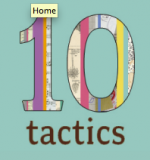
Tactical Tech, the group that brought you Maps for Advocacy and Visualizing Information fo Advocacy, has taken it up a notch with their release of 10 tactics for turning information into action:
10 Tactics provides original and artful ways for rights advocates to capture attention and communicate a cause. It includes a 50-minute film documenting stories from around the world and a set of cards; with tools, tips and advice, for you to work through as you plan your own info-activism.
The 10 tactics to get people do stand up and do something useful are as follows (added emphasis by me):
- Mobilise people
- Witness and record
- Visualize your message
- Amplify personal stories
- Just add humour
- Manage your contacts
- Use complex data
- Use collective intelligence
- Let people ask the questions
- Investigate and expose
Unfortunately, the documentary portion isn’t available in its entirety online, so the below preview will have to suffice for now. You can host a screening with Tactical Tech to see the rest. There have been over 100 screenings in 45 countries so far.
Read More -
Jon Bruner of Forbes reports that more than 10 million Americans moved from one county to the other in 2008, based on data from the IRS. The above interactive map show these moves in and out of nine major cities. Red lines represent moves out of the city and black lines show the opposite. The less opaque a line, the less people.
The interaction is kind of clunky, and it’s hard to see all the movement, even when you zoom in, simply because there are so many lines. Further moves, say from California to Florida, get more visual dominance too, when it’s actually less than it looks, I think. Placing less emphasis on the lines, and coloring counties as you select the major cities might make this more clear. Nevertheless, it’s still an interesting view.
[Thanks, @jonbruner]
Update: Check out data.gov and look for ‘migration’ to get your hands on the data behind the map.
-
With the World Cup in full swing, the New York Times has been rolling out its World Cup-related graphics so you can stay on top of all the matches. They’ve got their live trackers, complemented with live blogging, and a map to find where to watch the game (in NY), based on what team you’re rooting for.
The best feature so far though is the evolution of the ball, from 1930 to present. It’s a series of photos of each ball from every World Cup. Can you really beat the classic ball from the 1970 Cup in Mexico?
Read More -
What exactly is going on with all the oil spewing into the Gulf, biologically speaking? MSNBC explains in a series of graphics:
The Deepwater Horizon oil spill has released millions of gallons of crude oil into the Gulf of Mexico, making it the most devastating oil spill in U.S. history. It is clear that the spilled oil will have a large impact on the Gulf coast for years to come, but what happens to the oil in the first hours, days and weeks as it interacts with the surrounding elements?
There are many physical and chemical processes, collectively known as weathering, that change the oil’s properties and behavior after it is spilled into the ocean.
It begins with the oil particles spreading, and over months and years, particles eventually sink to the ocean floor and micro-organisms feed on hydrocarbons in the spilled oil. After that, I like to think everyone refuses to buy anything BP-related and the company goes bye-bye.
[Thanks, Jonah]
-
Presidential Costs by Rachel Mercer offers a look at the history of the United States:
The outer circle illustrates presidential periods, the governing party, and whether or not the President died in office. The first inner circle shows the “eras” in history that those time periods covered. The third inner circle shows key foreign conflicts and wars. The fourth inner circle (purple) shows key legislative acts (or series of bills) that were issued. Finally, the bubbles in the middle indicate the average national debt, as indicated every 8 years.
I like the look, but the average debt numbers do seem kind of iffy. I could be wrong though.

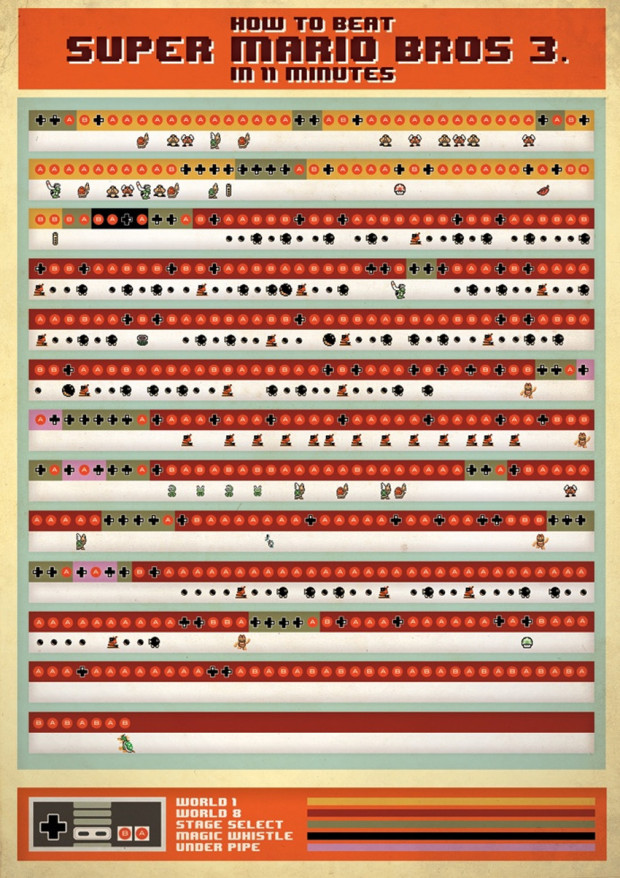
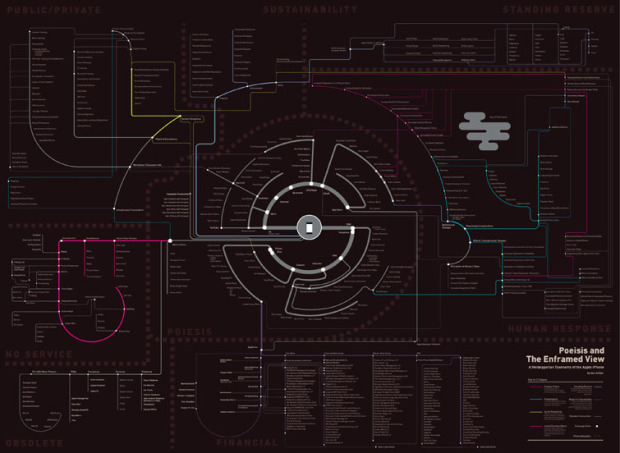
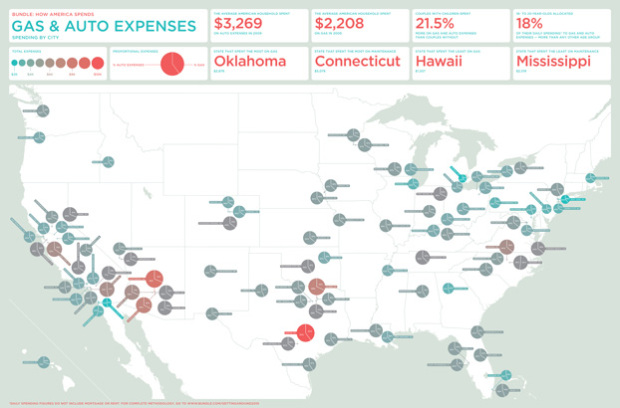

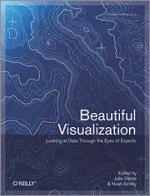

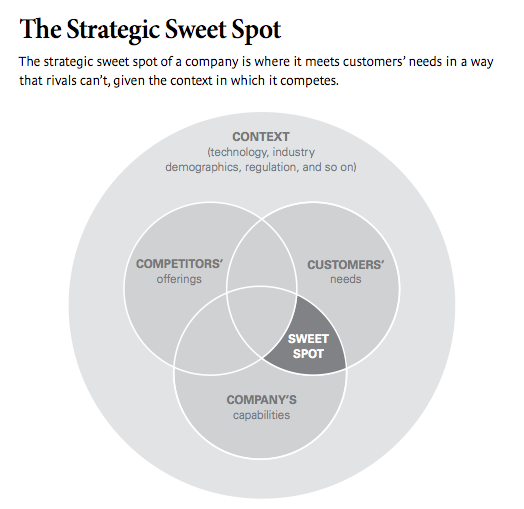


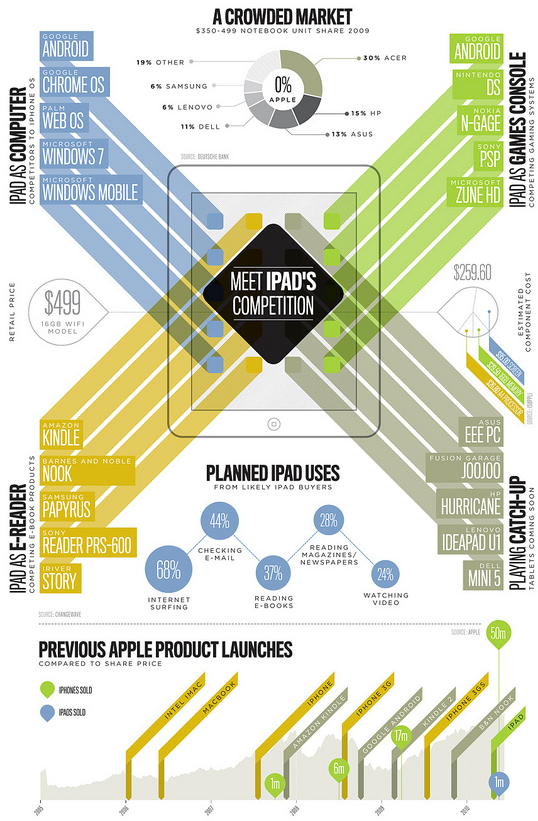

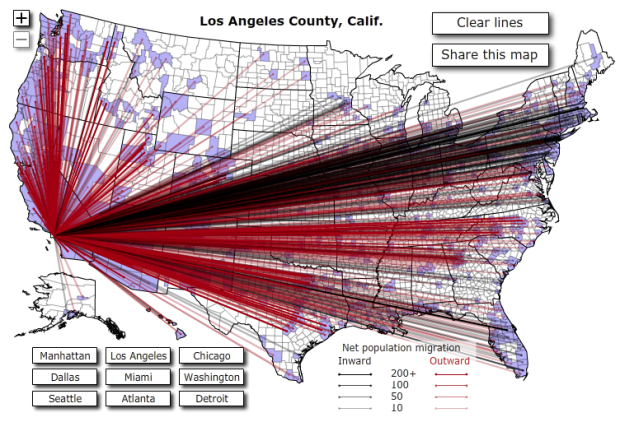
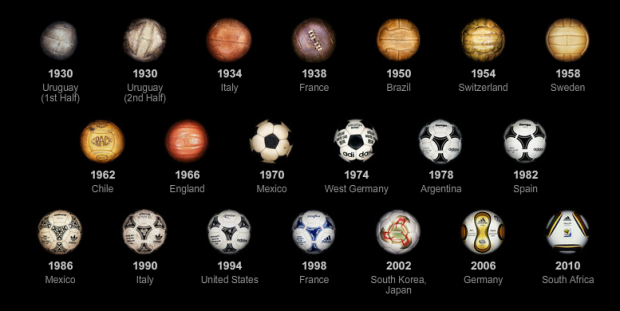
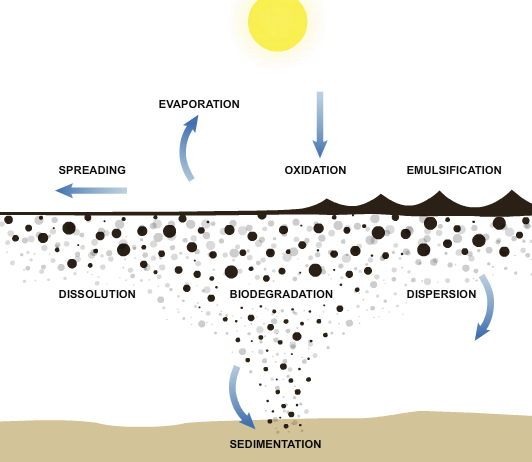
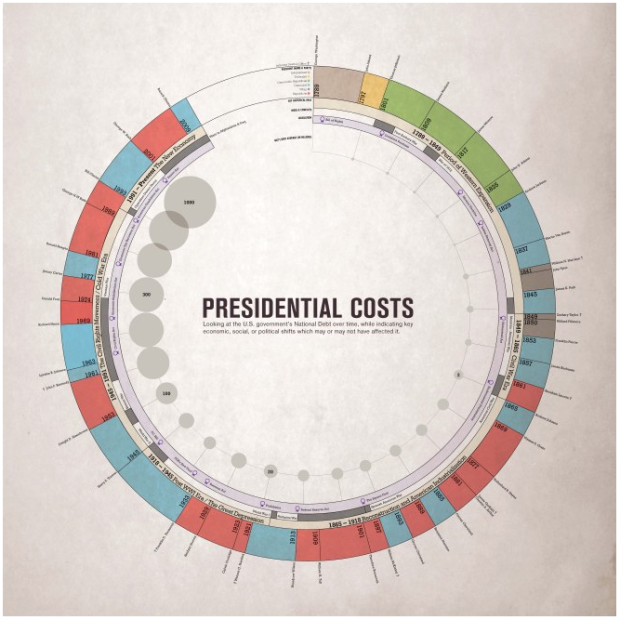
 Visualize This: The FlowingData Guide to Design, Visualization, and Statistics (2nd Edition)
Visualize This: The FlowingData Guide to Design, Visualization, and Statistics (2nd Edition)










